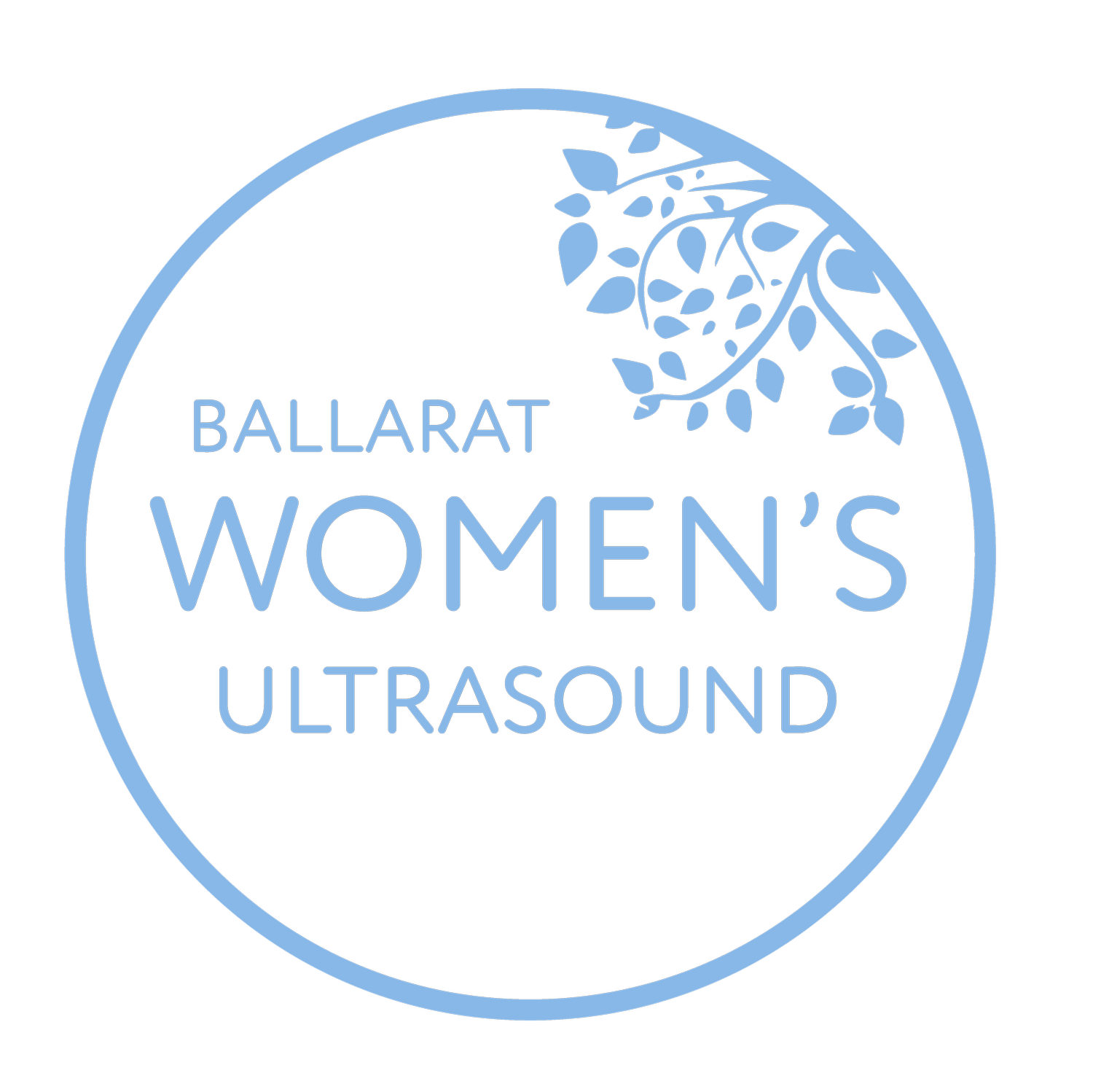Second Trimester Scans | Preparation
The following information is a general guide to preparing for a second trimester morphology ultrasound and cervical length screening scans at BWU. If the preparation required for your appointment varies from the below, our reception staff will inform you and advise new instructions at the time of booking.
Ultrasound approaches used in second trimester
Transabdominal U/S
A transabdominal ultrasound is a non-invasive imaging test used to examine the growing baby and the maternal structures (uterus, ovaries, placenta), from outside the body. During the procedure, a clear gel is applied to your lower abdomen, and a handheld device, called a transducer, is moved across the skin. The transducer sends out sound waves that create images of the internal organs on a screen.
Transvaginal U/S
A transvaginal ultrasound is considered the gold standard for imaging of the lower uterine segment particularly the cervix and its relationship to the developing placenta. Unlike an abdominal ultrasound, this procedure involves inserting a small, wand-like probe (called a transducer) into the vagina. The probe uses sound waves to create detailed images of the inside of your pelvis. It might feel a little uncomfortable, but it shouldn’t be painful.
As the patient, it is your right to consent or decline an internal ultrasound at any stage. Please speak to one of our friendly team for more information or to discuss any concerns you may have.
Transperineal U/S
A transperineal ultrasound is a non-invasive imaging test used to view the pelvic organs. It involves placing the ultrasound probe externally on the perineum—the area between the vagina and the anus. This approach is also sometimes called a translabial ultrasound.
Because the probe stays outside the body, it's generally well tolerated and does not require internal insertion, making it a comfortable option for many patients who decline a T/V ultrasound.
If you require further instruction or have any questions regarding the above, please discuss with our admin team.
2nd Trimester Morphology U/S
Second trimester morphology ultrasounds are performed between 19 and 22 weeks gestation. This scan is the most detailed examination undertaken in pregnancy, where we will assess the development of your baby from their nose to their toes. We will assess their house (maternal structures such as the uterus and ovaries), their food source (placenta), and their exit pathways (the cervix and lower uterine segment).
This test can take up to 1-hour please allow adequate time to accommodate this.
Scan preparation
The examination is predominantly done through the tummy (transabdominally), as such we ask that all patients come with a comfortable bladder. You do not need to be bursting for this examination. To achieve this, please aim to consume a minimum of 1L of water in the 12-hours prior to your examination, if your scan is in the morning aim to achieve this the night prior, if your scan is in the afternoon aim to achieve this the morning of. We then ask you to refrain from using the bathroom in the 30-minutes prior to your examination. As such, we recommend you arrive with a comfortable bladder, you do not need to be full, but it is advised that you do not use the bathroom in the 30-minutes prior to your scan. Please wear comfortable, loose clothing for easy access to your lower abdomen. No fasting is required, and there are no special dietary restrictions prior to the scan.
In some instances, a transvaginal ultrasound may be required to assess the lower uterine segment and cervix. For this, you will be required to empty your bladder. Please discuss with our team prior.
Be sure to bring the original referral and any relevant medical records including NIPT results (if not done through BWU).
For general information about scan types please see below
Cervical Length Monitoring
For some patients, routine and additional screening of the cervical length may be necessary. These particular scans can be requested at any duration of pregnancy and are not limited to the second trimester.
A transvaginal ultrasound is considered the gold standard of accuracy for assessing the cervical length, structure and lower uterine segment. Transvaginal ultrasounds are considered safe throughout pregnancy and place negligible risk to the baby. As the patient, it is your right to decline an internal examination, in these cases you will be offered a transabdominal or transperineal ultrasound to assess these structures. Please understand these are limited in their diagnostic capacity and may lead to less reliable results.
This examination takes approximately 10-minutes and is focused on the assessment of your cervix and not on the development of baby, as a result please understand that imaging of the pregnancy will be limited. If you have any concerns regarding this, please discuss with the team at your appointment.
Scan preparation
If you consent to a transvaginal ultrasound, you will not need to prepare for your scan other than to empty your bladder upon arrival at your scan. If you do not consent to a transvaginal ultrasound, please discuss with our admin team at time of booking to ensure adequate preparation for your scan is arranged.
For general information about scan types please see below
